Nowadays, as the corporate world is rapidly evolving and expanding, and new technologies are emerging almost every day, organizations are being forced into the perpetual rat race trying to stay ahead.
For organizations targeting top talent and retention, extensive employer branding strategies are a must-have, and investing in training and development programs are a crucial part of these strategies.
But what does this mean for your company? Read on to learn more.
Not Being Left Behind Means Leaving No One Behind
As the business world heats up with the emergence of artificial intelligence, blockchain and other technologies, it’s a given that these new trends will be continuously reshaping industries.
By integrating training programs that focus on disruptive technologies companies will position themselves as innovators and leaders in their fields.
Both relevance and competitive edge must be fought for through a very proactive approach to training and development. Employees will require being equipped with the latest skills and knowledge on how to navigate all these advancements and use them effectively.
Not only will you be gaining in operational efficiency, but you’ll also be reinforcing your company’s reputation as a forward-thinking employer.
In this battlefield that we call “Employee Retention”, a trust-based policy like this one is more probable to result in attracting prospective employees.
Invest in People, Invest in their Continuous Learning
As we enter an era in which companies are fighting to retain talent globally, the secret to creating loyalty among your employees might just lie in developing a relationship based on mutual growth. Investing in their development and caring for their personal and professional progress will surely create long-term commitment from your staff.
You can always find one magical ingredient at the heart of any successful business - its people.
Pouring resources into their advancement through ongoing education and improvement is more than just boosting their abilities, it demonstrates to the team that the organization itself appreciates its staff and is dedicated to their career and personal growth.
Employees who receive regular training are more engaged, more productive, and more likely to stay with the company. This not only reduces turnover costs but also builds a more skilled and loyal workforce.
A culture of continuous learning promotes an environment where employees feel valued and motivated, which in turn enhances the company’s employer brand.
The Virtuous Cycle of Training and Development
Training and Development are not just keywords that fit nicely with HR PowerPoint and corporate presentations. They can be the bridge that will create a relationship of mutual trust between employer and employee.
Give your workers the necessary tools and knowledge to keep up to date with the newest technological advancements and they will not only gain confidence but also feel more stable in their positions.
This feeling of progress and importance will serve as a strong incentive, promoting an environment of creativity and perpetual enhancement, encouraging employees to play a significant role in the company's achievements.
Furthermore, workers who perceive a clear trajectory for their career growth and development within the organization are more inclined to stay dedicated and driven, decreasing the chances of leaving and improving the organization's image as an excellent workplace.
Building Bigger and Better
To sum up, the meeting point between employer branding and training and development represents the cornerstone of the global landscape.
Organizations adopting this strategy will be well poised to meet the challenges of the future and, henceforth, will also secure talented people important for paving a successful way ahead.
Building trust will build results, results will make a bigger and better company, and a bigger and better company will lead to even better results. Do you get the drift?
And, as the old maxim says, it's much cheaper to retrain an employee than continually onboarding and integrating new workers.









